Which, as we all know, is more fun during the day when the weather's nice and warm.

This is Hamamatsu Castle park. Families and groups of friends were lounging around on tarps, enjoying the breezy day, while in the grassy field itself fathers and sons played baseball and children kicked around soccer balls. Another popular game is badminton, played minus a net, roughly like hacky sack.
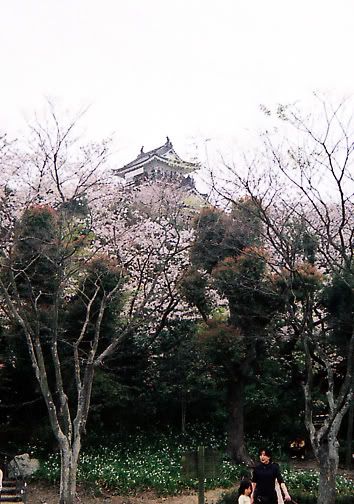
The original castle was destroyed during the Meiji Period, when Japan was rapidly modernizing and doing away with practically anything relating to the old ways. This was before someone wised up and realized they were throwing away their cultural heritage. The current Hamamatsu Castle is a concrete replica built in the 1950s.
Because Tokugawa Ieyasu, the founder of the Tokugawa Shogunate that unified and ruled Japan for over 300 years, spent part of his early career living here, this castle is also known as the "Castle of Success."
Here are some hanami closer to the castle, but not under actual cherry trees. There's a park about a block away that was also full of hanami... but it actually had cherry trees for everyone to sit under. Most of the groups there seemed to be older people, eating and drinking, talking and laughing. Hamamatsu Castle Park is more of a fun place to run your kids and dogs around until everyone's exhausted.
But there are cherry trees around the castle. This wouldn't be a proper Japanese castle without extensive gardens to walk in and contemplate enlightenment... or if you're lucky, get some hanami neck.
Nighttime cherry blossom viewing is extremely popular. This is a lantern, hundreds of which were strung between the trees. As lovely as electric light can be on flowering trees at night, imagine how it must've been back in Tokugawa's day when these lanterns would've held oil and wicks, giving off the soft glow of their candles.
Here's a typical hanami partygoer. He wears the traditional hanami costume of a Popeye ringer tee and some baggy pinstriped slacks. Pose inspired by some Nicholas Cage movie or something.

Here's another hanami-goer. In this photo, we can see the traditional hanami "Don't take the photograph until I'm out of the frame" dance, which she performed expertly but none too effectively. The man in the cap behind her could care less if his photo's taken because he has nothing to hide.
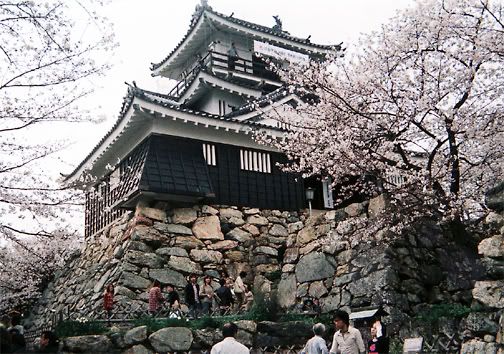
Hamamatsu-jo. The stone walls are the original walls, built about 1570. Tokugawa conquered this castle in 1577 and lived there for about 17 years, fighting many of his famous battles during that time.
If you're having your photo taken in Japan, usually you flash the peace sign. This is a very cute and fun person doing just that, with lovely pale sakura blossoms behind her.
This is a stone bust of Tokugawa Ieyasu, carved as a study for the massive bronze statue of him that stands outside the castle. The statue I forgot to photograph.
The castle has a small museum inside full of Edo-period armor and weaponry, and a small 3D model of Hamamatsu during the time Tokugawa ruled from its castle. This is a suit of samurai armor. I'm not an expert by any means but I'd guess this is an example of some of the later styles.
One of the best features of this castle is its secret basement well. If you're under siege- and these castle frequently were during Tokugawa's early career- you need a supply of fresh water. The lucky feudal lord had one within the castle itself. I don't know if you can still get water from this well, but I can tell you there's another one outside the walls.
On the castle steps, there were some cool dudes hanging out. Look at all the sakura blossoms.
This was also the first time I got to explore the castle gardens. Before this, I just assumed there weren't any, that the park itself was the whole point. Actually, the Hamamatsu-jo gardens are very beautiful and feature streams, a koi pond and a small waterfall, and this lovely wooden bridge.
This is a poorly-framed photo of the Hamamatsu War Victims Memorial. During WWII, Hamamatsu was one of many Japanese cities completely leveled by Allied bombing and naval bombardment. I think it's important to remember that governments may choose to go to war, but it's always their people who suffer from those decisions.

Here's a stone bridge over a koi pond. My friend T and I had fed koi at Hamamatsu Flower Park the day before on our own hanami, but we didn't have any food left over for these fish. I'm sure they got plenty from other people that day, though.
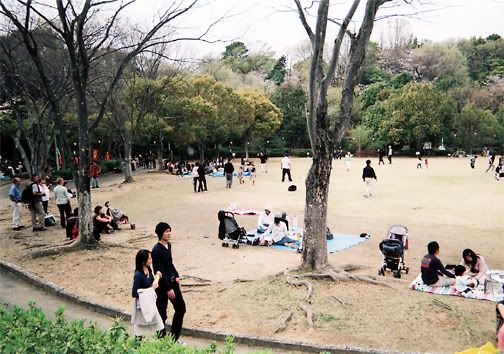
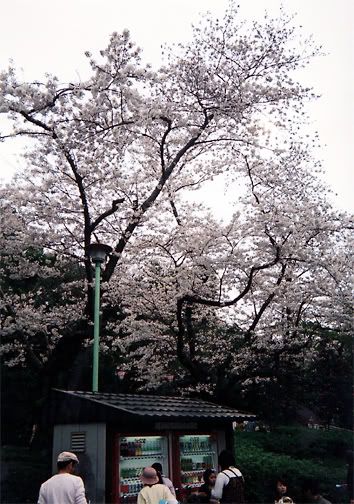

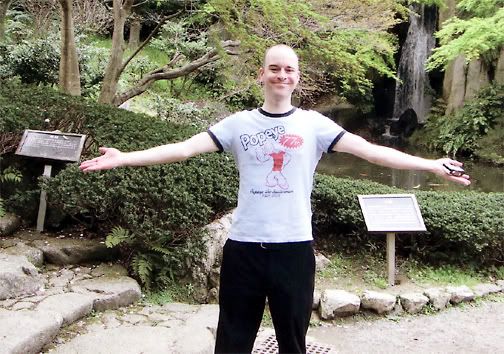
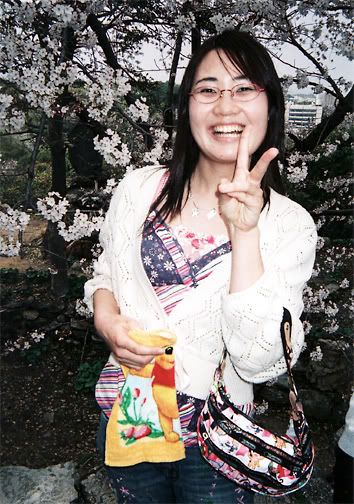
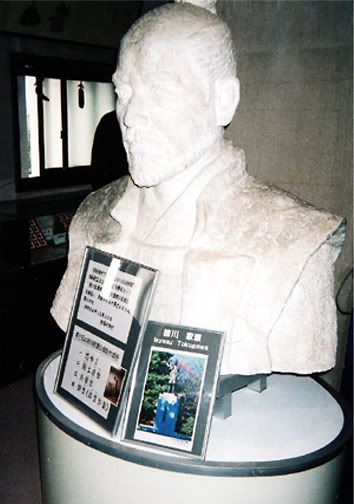
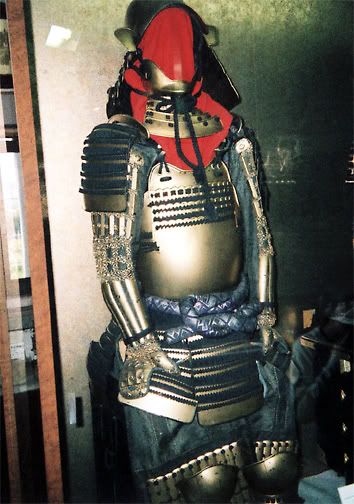

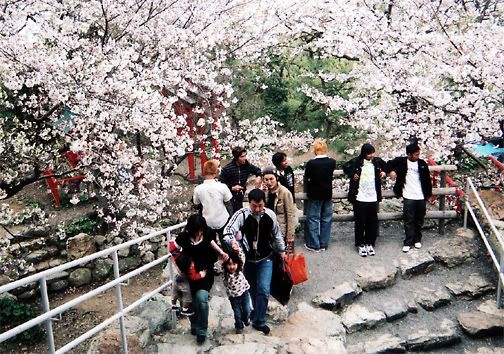
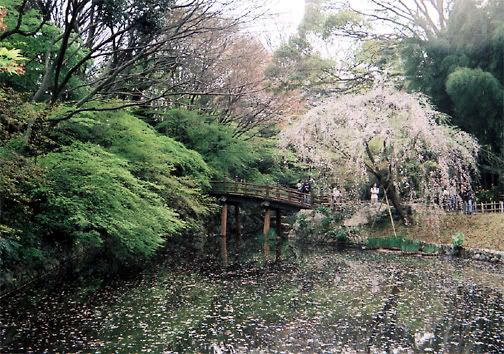

No comments:
Post a Comment